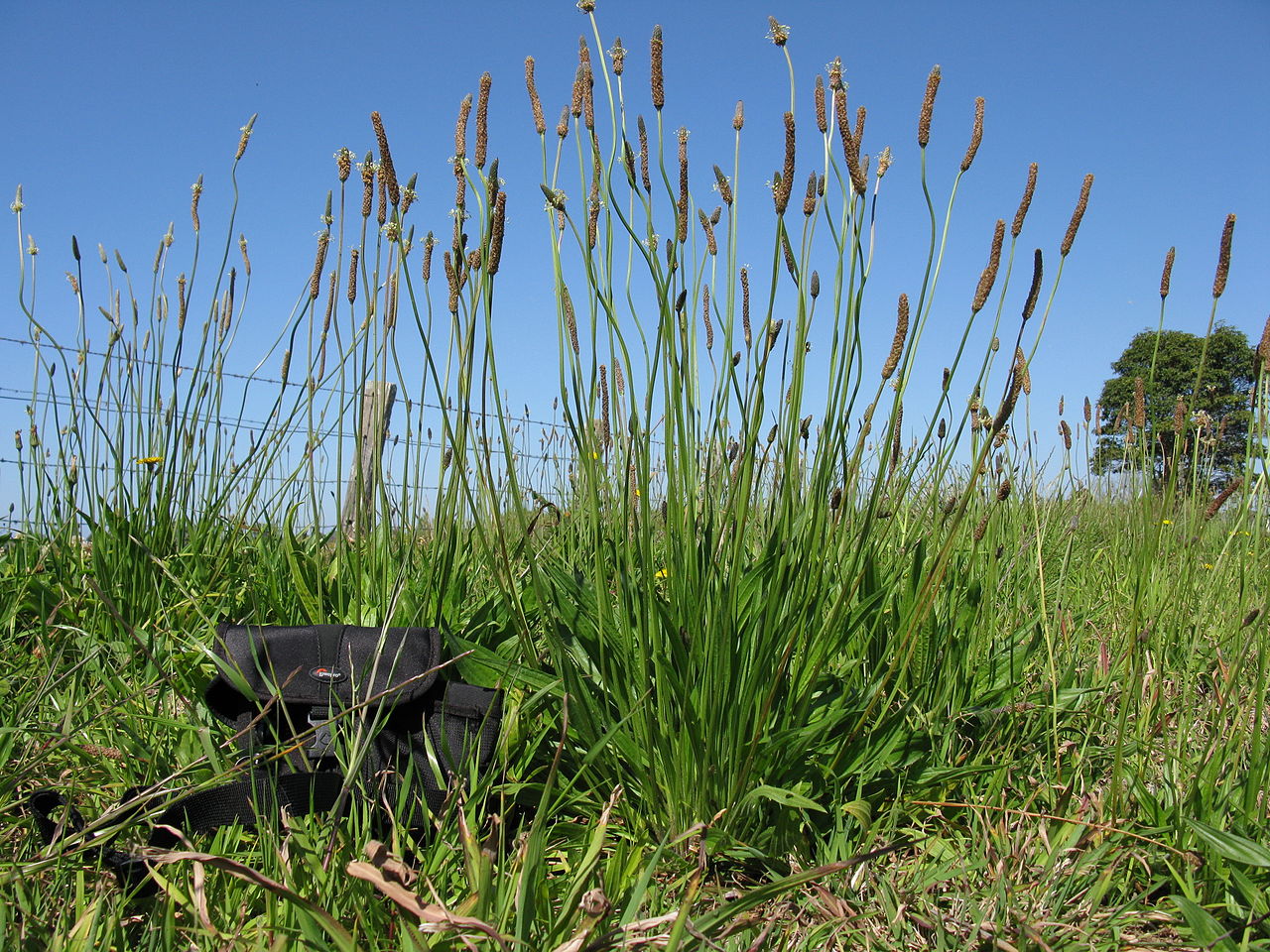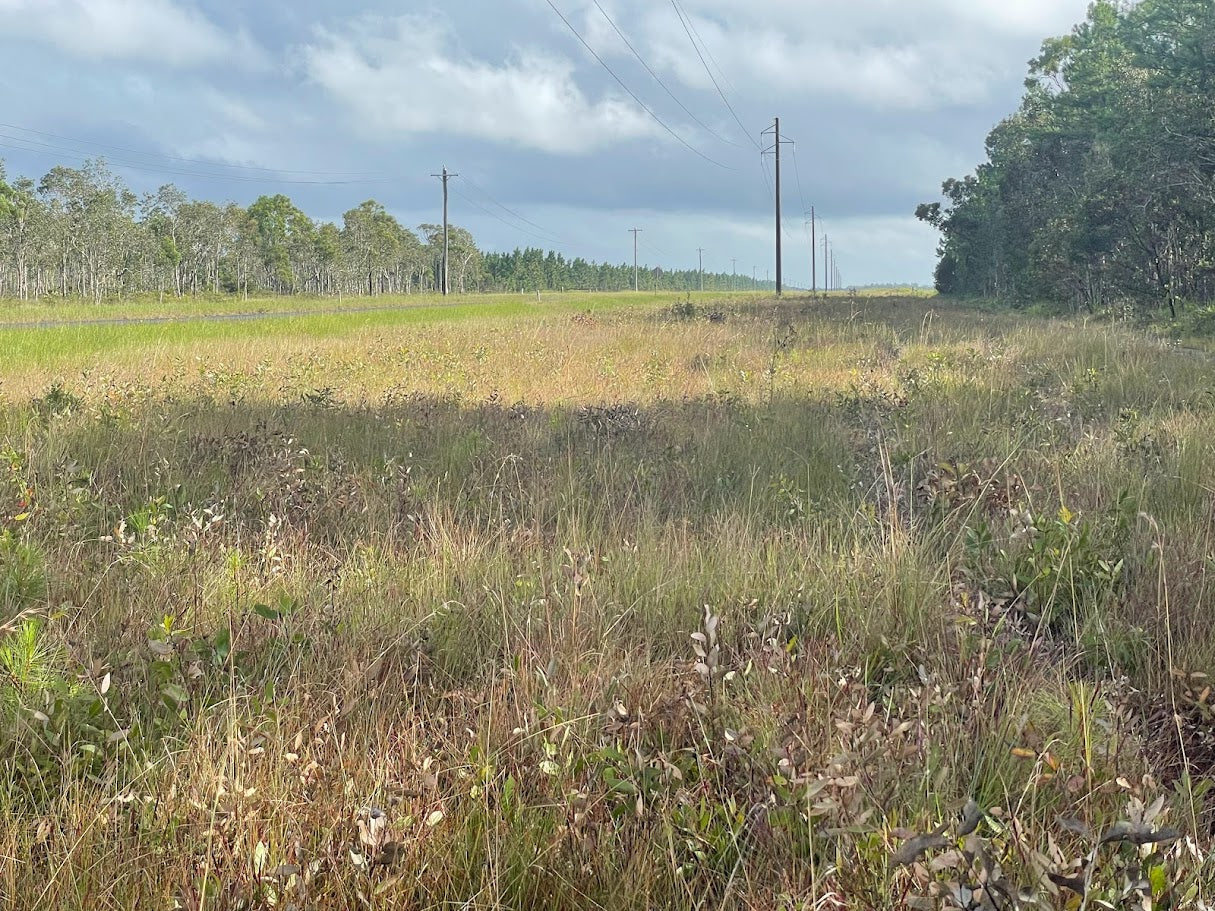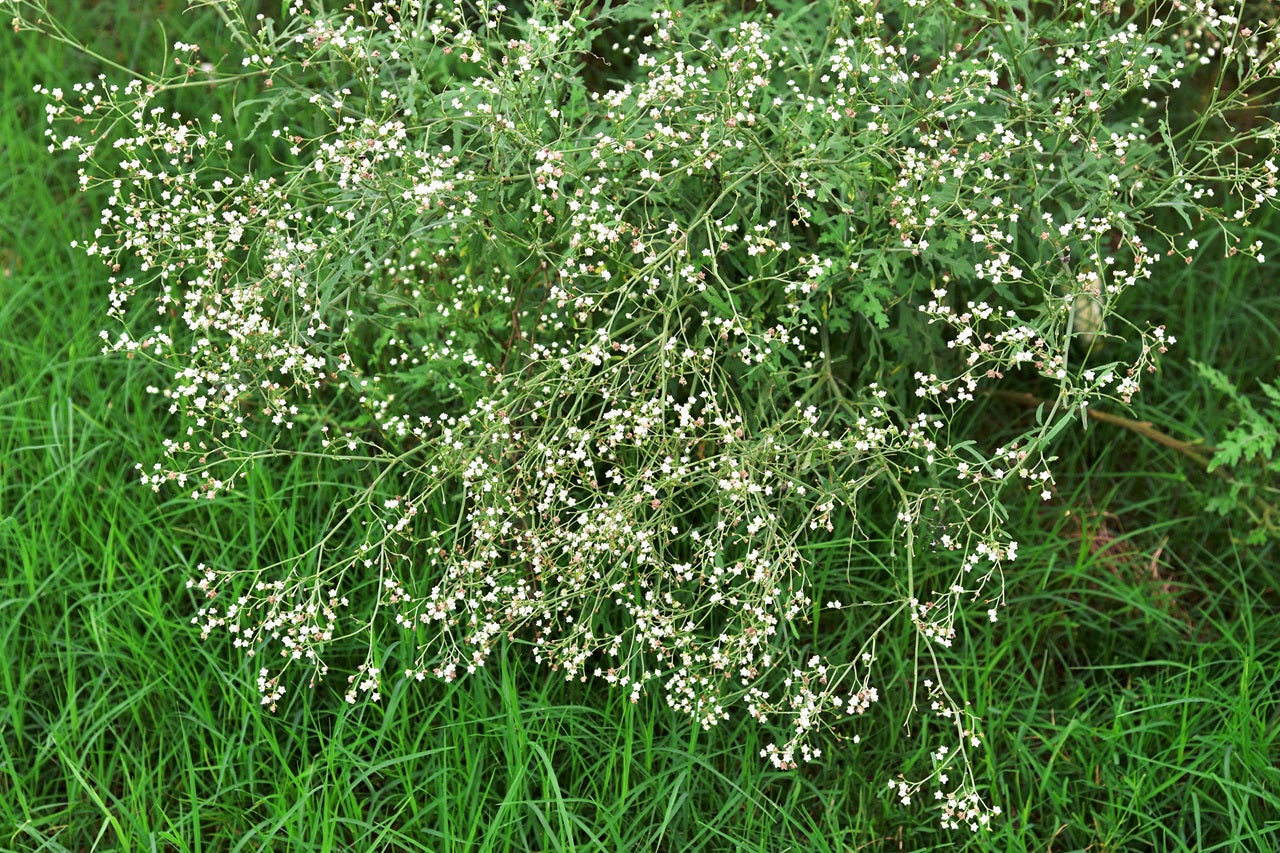
Indigo Regulate PGR 2.5L. Paclobutrazol
Plant Growth Regulator
Turf Maintenance
ProForce Regulate 200SC PGR is a plant growth regulator containing 200g/L of the active ingredient paclobutrazol. It is registered for the suppression of Poa annua (wintergrass) and growth regulation in turfgrass. Is in the form of a suspension concentrate formulation. The product contains an in-built surfactant, which improves root absorption and plant uptake efficiency of the active ingredient.
Hedge and Ground Cover Growth Management
ProForce Regulate is registered for the regulation of growth in ornamental plant Hedge and Ground cover species including Golden Duranta, Small Leaf Photinia, Syzygium (Lilly Pilly), Box (Buxus), Viburnum, Star Jasmine & Mock Orange. ProForce Regulate is a Suspension Concentrate formulation.
Key Features
Turf Maintenance
- Effective suppression of Poa annua (wintergrass) in bentgrass and other cool season grasses.
- Provides an effective tool to shift the population dynamics in favour of the desirable turf species.
- Minimises turf surface disruption during the treatment of Poa annua (wintergrass). Particularly, when comparing it to herbicidal control options if Poa annua concentrations are high (above 30%).
- Partial seed head suppression of Poa annua (wintergrass). Works well in a program with ethephon.
- Provides growth regulation, reducing clipping production, whilst improving turf density.
- Liquid formulation, allowing for flexibility in application rate to accommodate changes in climatic conditions.
- Manufactured and developed in Australia for local conditions.
Hedge and Ground Cover Growth Management
- Limits labour costs. Reduces the need for pruning for up to 12 months.
- Reduced green waste disposal costs.
- Reduced OH&S risks – reduced use of ladders and pruning equipment.
- Prevents pruning injury to the Hedge – limits infection points for plant pathogen or insect attack.
- Improves plant appearance – can result in darker green more robust leaves (less leaf scorch) and improves flower production.
- Improves overall uniformity of the Hedge, with denser foliage.
- Multi-purpose label: ProForce Regulate can be used for turf and ornamental plant applications.
- Formulated and developed in Australia
Maximising Performance:
Turf Maintenance
- It will take 1-2 weeks after a ProForce Regulate 200SC PGR application, to see wintergrass growth regulation and a reduction in it’s competitive function.
- The degree of discolouration and growth regulation from a ProForce Regulate 200SC PGR application, is rate dependant. It is best to start at low rates (0.5L/ha) and increase incrementally as required (up to 2.0L/ha).
- Apply ProForce Regulate 200SC PGR to dry or wet turf and water in immediately with 4-6mm of irrigation.
- Application of ProForce Regulate 200SC PGR 1-2 weeks prior to seed-head emergence will reduce its viability, but not prevent it’s formation (unlike ethephon).
- Do not apply when daytime temperatures are consistently above 320C or when turf is stressed from heat, cold or lack of moisture.
- Do not apply when soils are waterlogged as fixing onto soil organic matter may not occur and the PGR may move with heavy rainfall or irrigation.
- Do not apply when turf has thinned from disease or insect infestation or damaged from aeration or scarification.
- Do not apply to newly overseeded areas until after establishment (6 weeks) and then only use lower rates.
- Avoid overseeding into ProForce Regulate 200SC PGR treated turf for 14 days.
- Do not scarify and topdress greens whilst wintergrass is undergoing growth regulation.
- Cultural practices, climate, soil type, turf variety and Poa annua biotype all impact on the level of wintergrass suppression achieved.
Hedge and Ground Cover Growth Management
- Don’t use on plants of low vigour or under stress. Stress can be caused by moisture shortage due to lack of rain or inadequate irrigation, high temperature, salinity, moisture excess due to water table, flooding or inappropriate irrigation, severe or successive frosts, poor fertility caused by imbalance of major or minor nutrients, diseases, insects, inappropriate herbicide use, mechanical damage.
- Don’t apply to newly planted or recently transplanted hedging species or ground cover species, allow to establish and consolidate before applying for the first time.
- Avoid application to hedges less than 0.3 m or greater than 2 m in height.
- Don’t prune until 4 to 6 weeks after application.
- Responsiveness to this product can vary from site to site. It is strongly recommended that the lower rate be used when applying for the first time. If increased regulation is required then step up to the higher rate in the second year.
- The compatibility of Regulate PGR with other products has not been established. Always conduct a physical compatibility test and check for plant safety on a sample plant before making broader applications of mixes to hedging species.
- Retreatment: In some cases, control of growth may persist for more than 1 year. Retreat plants only when normal growth resumes. Only retreat in the late winter or spring that follows resumption of normal growth. Use the interval between the first treatment and the resumption of normal growth as a guide for retreatment in subsequent seasons.
- Root Drench: Uptake of Regulate PGR is most efficient when it is applied to soil which receives adequate water and where there is a high density of feeder roots. Apply required amount of Regulate in 1 L water per plant. Ensure all treated plants are lightly irrigated following treatment under dry conditions. Individual trees or plants which are smaller than average should be left untreated or given a proportionally smaller dose of Regulate.
- Regulate contains a surfactant and additional surfactant is not recommended.
Weeds Controlled
GRASSY WEEDS
- Wintergrass / Annual Bluegrass (Poa annua)
This is the primary weed species suppressed by Indigo Regulate 200SC. It is a cool-season grassy weed commonly found in turf surfaces such as golf greens, sports fields, and lawns.
No other specific weed species are listed on the product label, as the product’s primary function is growth regulation and Poa annua suppression. It is not intended for use on woody, aquatic, forestry, or broadleaf weed control.
Mode of Action
Turf Maintenance
The mode of action of paclobutrazol is the inhibition of gibberellic acid synthesis within plants. The inhibition of gibberellin production by paclobutrazol results in slower cell division and elongation without causing direct toxicity to plant cells. As a result, paclobutrazol when used correctly, provides growth regulation, reducing clipping production, whilst improving turf density of desirable grasses. Paclobutrazol is root absorbed and requires irrigation or rainfall following application to move the material into the turfgrass rootzone. Once in the rootzone, paclobutrazol binds strongly to organic matter in the top few centimetres of soil, where Poa annua (wintergrass) roots are most prevalent, due to their shallower rooting nature. When healthy, active root development of cool season grasses such as bentgrass are generally deeper in the rootzone, and as a result, they absorb less paclobutrazol from the soil environment, conveying less sensitivity to the application. With regular applications during the growing season, the PGR effects of ProForce Regulate 200SC PGR will suppress and reduce the competitive advantage of Poa annua (wintergrass), leaving other cool season grasses to grow unaffected. This results in a major shift in the population dynamics of the turf sward, allowing for a transition to desirable grasses to take place.
Hedge and Ground Cover Growth Management
ProForce Regulate PGR is a systemic growth regulator. Paclobutrazol, the active ingredient in ProForce Regulate PGR’s mode of action is primarily through inhibition of gibberellin biosynthesis. Paclobutrazol inhibits the enzyme ent-kaurene oxidase, which is part of the gibberellin (GA) biosynthetic pathway. This inhibition reduces the production of active gibberellins (especially GA1 and GA3), which are hormones that promote cell elongation and stem growth. Plants exhibit reduced internode elongation, leading to more compact (denser), shorter, and sturdier growth. With reduced shoot elongation, more energy is allocated to root development. Paclobutrazol can increase chlorophyll content, resulting in greener leaves. It may promote earlier or more synchronized flowering and increased flower longevity, depending on the species. Flower size might decrease in some cases, but overall quality and uniformity can improve. Use of ProForce Regulate PGR should begin only when plants are nearing their optimum size, that is once the desired shape (height, width and foliar density) has already been achieved and the plant requires only maintenance thereafter.
SHORT DESCRIPTION
Indigo Regulate 200SC is a professional-grade plant growth regulator designed to suppress Poa annua and control turf growth in a variety of warm- and cool-season grasses. Suitable for use on sports turf, golf courses, and ornamental hedging species, Regulate delivers consistent growth management and improved turf density. It also enhances mowing efficiency and surface playability by reducing vertical growth. Rainfast within hours and easy to apply, Regulate is ideal for maintaining premium turf performance with fewer clippings and stronger visual quality.
ACTIVE INGREDIENTS
200g/L Paclobutrazol
APPLICATION INFORMATION
APPLICATION INFORMATION AND RATES – INDIGO REGULATE 200SC PLANT GROWTH REGULATOR
TURF – POA ANNUA SUPPRESSION
Turf Types: Bentgrass, Ryegrass, Kentucky Bluegrass, Couch Grass (not hybrid couch)
Rate: 2.0 to 2.8 L/ha (20 to 28 mL/100 m²)
Timing: Apply to actively growing turf. Use higher rates for higher Poa annua populations.
Comments: Apply maximum of 2 applications in spring or 1 application in autumn. Do not apply to stressed turf or if temperatures exceed 32°C. Irrigate with 4–6 mm of water within 1 hour of application.
TURF – GROWTH REGULATION
Turf Types: Bentgrass, Ryegrass, Kentucky Bluegrass, Couch Grass, Poa annua
Rate: 0.5 to 2.0 L/ha (5 to 20 mL/100 m²)
Timing: Apply low rates at 2–4 week intervals or high rates at 4–8 week intervals depending on desired growth control.
Comments: Use only 0.5 L/ha rate on Poa annua. Do not apply to newly overseeded turf.
ORNAMENTAL HEDGING AND GROUNDCOVER
Species: Golden Duranta, Small Leaf Photinia, Syzygium, Box, Viburnum, Star Jasmine, Mock Orange
Rate: 0.6 mL to 3.1 mL per 1 L of water per plant
Application Method: Apply as a root drench at the base of each plant
Timing: Apply in late winter to early spring before new growth starts
Comments: Remove mulch to expose soil before application. Avoid pruning for 4–6 weeks after treatment. Do not apply to newly planted or drought-stressed plants. Do not apply to hedges under 30 cm or over 2 m tall.
APPLICATION VOLUME
Spray Volume: 400 to 800 L/ha
Comments: Use a uniform boom spray. Maintain consistent pressure and avoid overlapping. Ensure even coverage.
ADDITIONAL NOTES
Do not apply to waterlogged soils or recently scarified/aerated turf
Avoid spraying if heavy rain is forecast
Product includes built-in surfactant – no need to add extra
Rainfast within 3 hours
Do not mix with sterol inhibitor (DMI) fungicides within 7 days of application
Avoid overseeding treated areas for at least 14 days
WEEDS CONTROLLED
WEEDS CONTROLLED – INDIGO REGULATE 200SC PLANT GROWTH REGULATOR
GRASSY WEEDS
Wintergrass / Annual Bluegrass (Poa annua)
This is the primary weed species suppressed by Indigo Regulate 200SC. It is a cool-season grassy weed commonly found in turf surfaces such as golf greens, sports fields, and lawns.
No other specific weed species are listed on the product label, as the product’s primary function is growth regulation and Poa annua suppression. It is not intended for use on woody, aquatic, forestry, or broadleaf weed control.
PRODUCT LABEL SUMMARY
Full Product Label Summary – Indigo Regulate 200SC Plant Growth Regulator (2.5L)
Product Name
Indigo Regulate 200SC Plant Growth Regulator
Active Constituent
200 g/L Paclobutrazol
Formulation Type
Suspension Concentrate (SC)
Herbicide Group
Group 2 Plant Growth Regulator
Purpose
Used for suppression of Poa annua (wintergrass) and for growth regulation in turfgrass and ornamental hedging/groundcover species.
Signal Heading
Caution
Keep out of reach of children
Read safety directions before opening or using
Manufacturer
Indigo Specialty Products Pty Ltd
Unit 3 / 2 Ant Road, Yatala QLD 4207
Phone: 0402 725 887
ABN: 15 631 459 660
APVMA Approval Number
88674/121954
Directions For Use
Turf Situations
– Poa annua suppression and control in bent grass, ryegrass, Kentucky bluegrass, couch grass (not hybrid couch):
Rate: 2.0–2.8 L/ha (20–28 mL/100 m²)
Apply lower rates for high Poa annua populations. Max 2 spring or 1 autumn application.
– Growth regulation in bent grass, ryegrass, Kentucky bluegrass, couchgrass, Poa annua:
Rate: 0.5–2 L/ha (5–20 mL/100 m²)
Apply low rates at 2–4 week intervals or high rates at 4–8 week intervals. Use only 0.5 L/ha on Poa annua.
Ornamental Situations
– Hedging species: Golden Duranta, Small Leaf Photinia, Syzygium, Box, Viburnum
– Groundcover species: Star Jasmine
– Mock Orange:
Rate: 0.6 mL to 3.1 mL per 1 L of water per plant
Apply as a root drench late winter to early spring. Remove mulch to expose soil. Avoid pruning until 4–6 weeks after treatment. Do not apply to newly planted or drought-stressed plants.
Restraints
– Do not apply in temperatures above 32°C or when turf/plants are stressed
– Do not apply to waterlogged soils or recently scarified/aerated turf
– Do not apply to newly overseeded turf or hedges under 0.3 m or over 2 m in height
– Do not use more than the recommended frequency
– Avoid overseeding for at least 14 days post-treatment
General Instructions
– Apply to dry or wet turf and irrigate with 4–6 mm water after application
– Poa annua suppression may take 1–2 weeks
– Application before Poa annua seed head emergence can reduce seedhead visibility
– Uniform boom application with 400–800 L/ha spray volume
– Avoid drift, overlapping, and excess pressure
– For hedges, apply only to established plants at the base for best root absorption
Mixing
– Add Regulate to a partly filled spray tank and agitate
– Do not mix with sterol inhibitor or DMI fungicides within 7 days
– Contains built-in surfactant – no additional surfactant needed
Compatibility
– Incompatible with sterol and DMI fungicides
– Compatibility with other products not established – test before tank-mixing
Storage And Disposal
– Store in original container in a cool, dry, well-ventilated area
– Triple rinse before disposal
– Do not burn or dispose of undiluted product on site
– Recycle or bury packaging as per regulations
Spillage
– Contain spill with absorbent material like sand or kitty litter
– Dispose of according to local regulations
Safety Directions
– Avoid contact with eyes and skin
– Wear protective gloves and eye protection
– Wash thoroughly after use
– Causes serious eye and skin irritation
– Suspected of damaging fertility or the unborn child
– May cause organ damage with prolonged exposure
First Aid
– If poisoning occurs, contact a doctor or Poisons Information Centre
Australia: 13 11 26
New Zealand: 0800 764 766
SDS
Available upon request from Indigo Specialty Products Pty Ltd
Conditions Of Sale
– Product to be used as directed
– No liability accepted for misuse or off-label use
LABEL, SDS & TECH SHEET
SHIPPING & RETURNS
Greenway Weed Solutions has a distribution centre in QLD only. All orders, Australia-wide will be shipped from this location.
Shipping is free on all online orders. Bulk purchase shipping rates are determined by total order weight and delivery location.
Pickups are available from the QLD warehouse. Updates to product availability in other Australian warehouses are upcoming.
Choose options

explore our latest Blogs

Water pH and the Performance of Weak Acid Herbicides
Weak-acid herbicides must remain in their non-ionised (acid) form to move efficiently through the plant cuticle. When spray water is too alkaline, the herbicide molecule becomes ionised.
Read more
Towards Modern Vegetation Management: Solutions for Australia’s Linear Infrastructure
Understanding the Changing Vegetation Challenge Vegetation management across Australia’s linear infrastructure corridors is becoming increasingly complex. Roads, rail corridors, gas pipelines, elec...
Read more
Case Study: Parthenium Weed Hygiene
Introduction: The Necessity of Weed Hygiene Management Australia’s vast expanses and diverse land uses, from grazing pastures and cropping zones to natural bushland and urban corridors are u...
Read more
